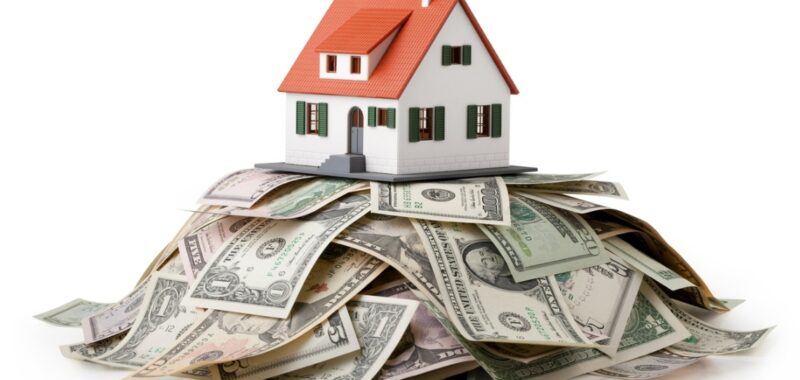While the pace of home-price growth has slowed, homeowners with a mortgage saw their tappable equity soar to an all-new record high through the second quarter of 2024, according to the August 2024 ICE Mortgage Monitor Report.
Tappable equity, the amount homeowners can access while keeping a 20% equity cushion, reached a new peak of $11.5 trillion in June, up 4% from the previous quarter and 9.2% from a year ago, ICE said.
There is now more outstanding mortgage debt than ever before, but overall market leverage is near record lows.
“Outstanding mortgage debt, including both first and second liens, hit an all-time high in June, but growth in home prices has outpaced that gradual rise in debt,” Andy Walden, ICE vice president of research and analysis, said in a statement. “Total cumulative debt leverage—essentially a loan-to-value ratio for the entire mortgage market—is equivalent to 44.1% of underlying home values, the third lowest leverage ratio we’ve seen in the past 20-plus years.”
He added, “Rising home prices have also continued to build the fortunes of existing homeowners, pushing tappable equity—the amount a mortgage holder can leverage while retaining a healthy 20% equity cushion—to its highest level ever.”
About 48.5 million, or nine out of 10, mortgage holders in the U.S. have some tappable equity, and many of them have higher credit scores and low rates on their primary mortgages, ICE reported. In fact, two-thirds of those with tappable equity have credit scores of 760 or higher. It’s also worth noting that a similar share of borrowers have first-lien mortgages with rates below 4%.
When looking at tappable equity levels, 32 million borrowers have at least $100,000 in tappable equity, 4.6 million have at least $500,000 and 1.2 million have $1 million or more. Borrowers who have low mortgage rates on their primary mortgage tend to have higher equity levels because they bought their homes (or refinanced) when prices and rates were lower.
However, home equity lending has cooled considerably as home prices and mortgage rates both climbed in earnest in the last two years. But that could change sooner rather than later, with Federal Reserve Chairman Jerome Powell indicating the central bank will start cutting its benchmark rate.
“Industry expectations that the Fed will soon begin easing short-term rates could gradually change that dynamic, given the more direct impact short-term rates have on home equity rate offerings, and lenders would do well to prepare,” Walden said. “The ability to originate and service home equity loans alongside first-lien mortgages will be key—to say nothing of using data-driven portfolio analysis to identify potential second-lien customers.”
With so much tappable equity in the market, fewer than 325,000 homeowners are underwater on their home loans. That means only 0.60% of mortgages have negative equity and 4.2% of homeowners have less than 10% equity in their homes, ICE found.
All real estate is local, though, and some markets in Texas, Florida and Louisiana are showing signs of softening as more inventory comes on the market. In Austin, home prices are down 15% from highs in 2022, with 2.6% of mortgage holders underwater; 2.7% of borrowers in San Antonio are in the same boat.
Negative equity rates are spiking in some Florida cities, including Cape Coral, Lakeland, North Port and Jacksonville as inventories grow and home prices fall. The same goes for New Orleans and Baton Rouge in Louisiana.

